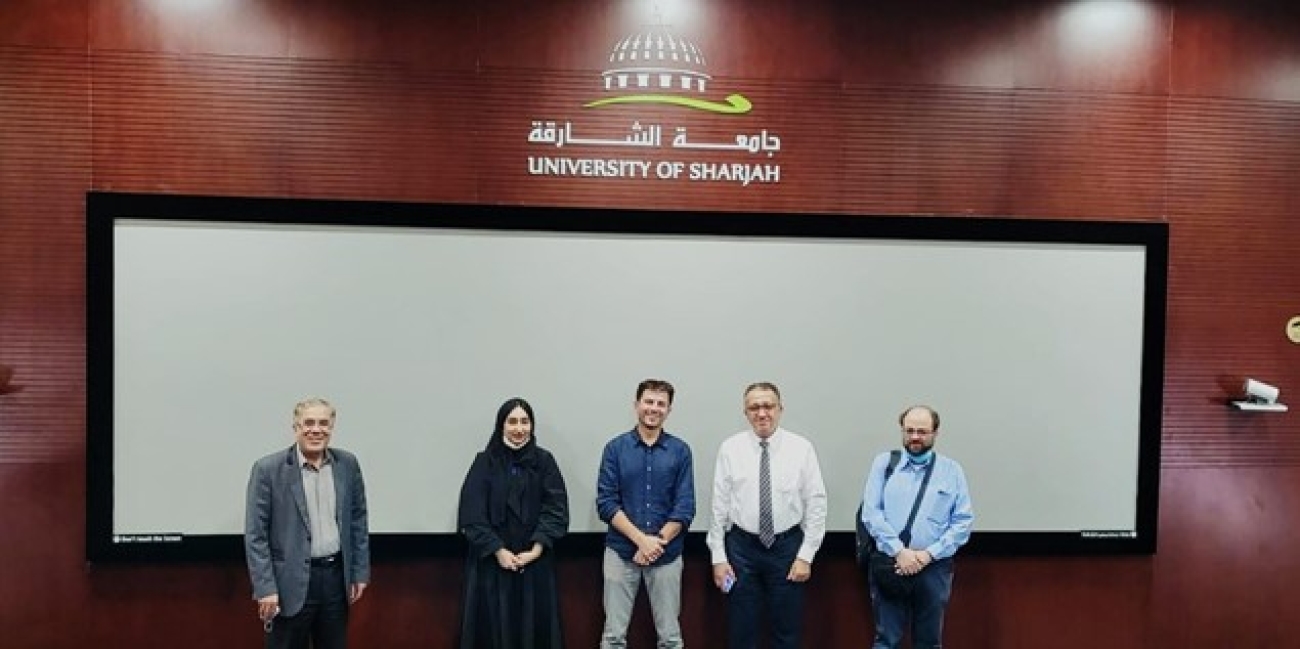Ms. Hoor presented the EMM three instruments (EXI, EMIRS, and EMUS) and their respective functions. The Emirates eXploration Imager (EXI) is a multi-band camera capable of taking high-resolution images with a spatial resolution of better than 8 km. It uses a selector wheel mechanism consisting of six discrete bandpass filters to sample the optical spectral region: three UV bands and three visible (RGB) bands. EXI measures the properties of water, ice, dust, aerosols, and abundance of ozone in Mars's atmosphere. The instrument was developed at the Laboratory for Atmospheric and Space Physics (LASP, University of Colorado) in collaboration with Mohamed Bin Rashid Space Center (MBRSC). The Emirates Mars Infrared Spectrometer (EMIRS) is an interferometric thermal infrared spectrometer developed by Arizona State University (ASU) and MBRSC. It examines temperature profiles, ice, water vapor, and dust in the atmosphere. EMIRS will provide a view of the lower and middle atmosphere. ASU led development with support from MBRSC. The Emirates Mars Ultraviolet Spectrometer (EMUS) is a far-ultraviolet imaging spectrograph that measures emissions in the spectral range 100–170 nm to measure global characteristics and variability of the thermosphere and hydrogen and oxygen coronae. Design and development were led by LASP.
Dr. Francois presented the main physical characteristics of planet Mars regarding its atmosphere, surface features, and weird obliquity changes. Large-scale variations in the obliquity of the planet Mars are produced by a coupling between the motion of its orbit plane due to the gravitational perturbations of the other planets and the precession of its spin axis, which results from the solar torque exerted on the equatorial bulge of the planet. The obliquity oscillates on a time scale of approximately 120,000 years. The amplitude of this oscillation itself varies periodically on a time scale of 1.2 million years. The present-day obliquity is approximately 25.1 degrees. The maximum possible variation is from about 14.9 to 35.5 degrees. Significant climatic effects must be associated with the phenomenon.
The seminar can be followed through the link: https://www.youtube.com/watch?v=3RIydxq4rXU



